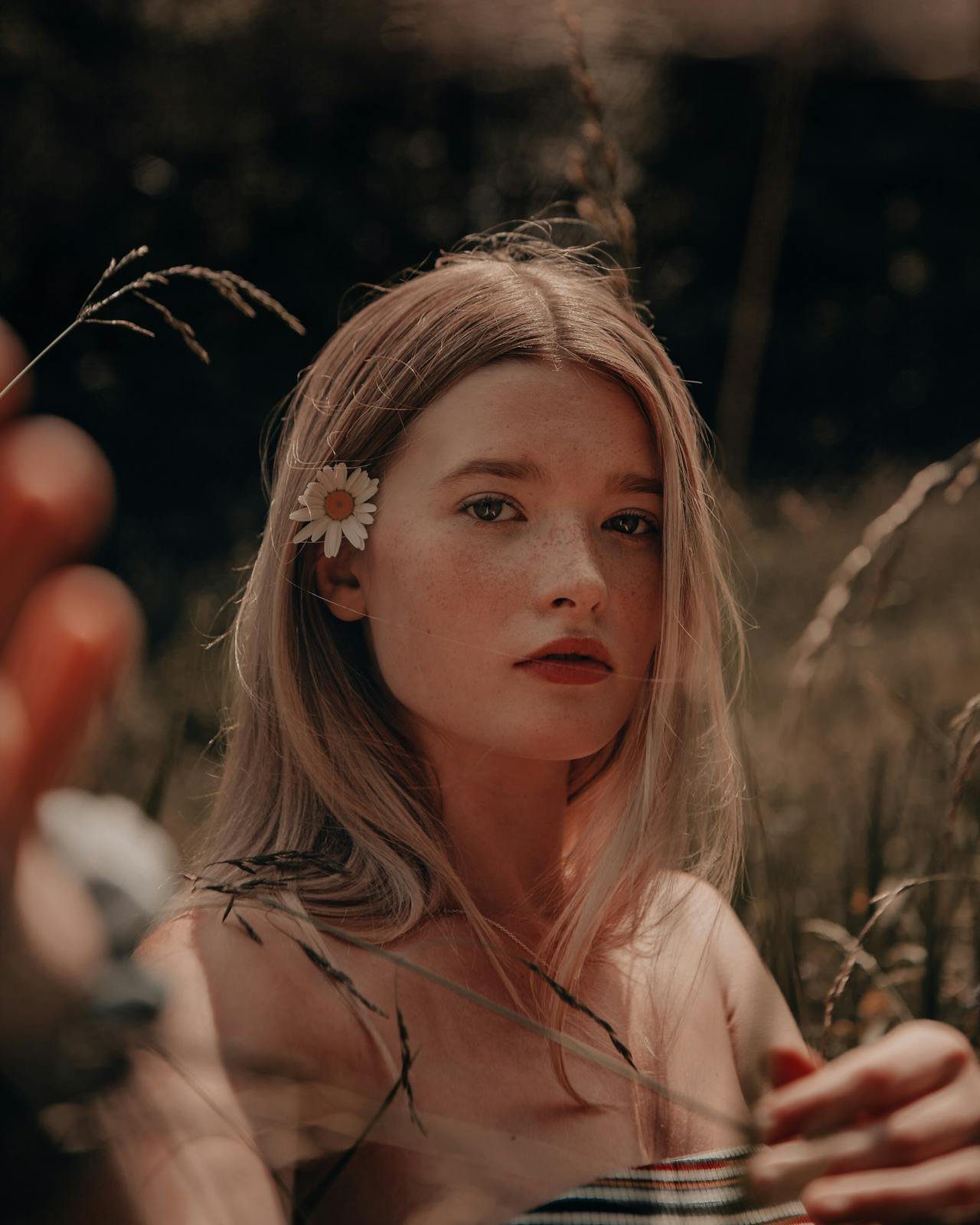Spring in Hong Kong is a magical time when the city’s parks, gardens, and mountains come alive with vibrant blossoms. From cherry blossoms to azaleas, the season offers a stunning display of colors and fragrances. Whether you’re a nature lover, a photographer, or simply looking for a peaceful escape, here’s a guide to the best places in Hong Kong to enjoy spring blossoms.
1. Kadoorie Farm and Botanic Garden
Best for: Cherry blossoms, orchids, and camellias
Why Visit: Nestled in the New Territories, Kadoorie Farm is a haven for nature enthusiasts. In spring, the farm’s cherry blossoms and orchids create a picturesque setting. The peaceful atmosphere and lush greenery make it a perfect spot for a leisurely stroll.
Pro Tip: Visit early in the morning to avoid crowds and enjoy the tranquil surroundings.
2. Tai Po Waterfront Park
Best for: Cherry blossoms and bauhinia flowers
Why Visit: This spacious park along Tolo Harbour is home to a cherry blossom trail, where rows of cherry trees burst into bloom during spring. The park also features Hong Kong’s iconic bauhinia flowers, adding to the colorful display.
Pro Tip: Bring a picnic and enjoy the blossoms by the waterfront.
3. Hong Kong Zoological and Botanical Gardens
Best for: Azaleas and magnolias
Why Visit: Located in Central, this historic garden is a hidden gem in the heart of the city. In spring, the garden’s azaleas and magnolias bloom in vibrant shades of pink, red, and white. The tranquil setting is perfect for a quick escape from the urban hustle.
Pro Tip: Combine your visit with a trip to nearby attractions like the Peak Tram or SoHo.
4. Lion Rock Country Park
Best for: Wildflowers and azaleas
Why Visit: Lion Rock is not only famous for its iconic rock formation but also for its wildflowers. In spring, the hillsides are dotted with azaleas, wild roses, and other native blooms. The panoramic views of Kowloon and the New Territories make the hike even more rewarding.
Pro Tip: Hike the Lion Rock Trail for breathtaking views and plenty of floral photo opportunities.
5. Tai Mo Shan (Hong Kong’s Highest Peak)
Best for: Rhododendrons and wildflowers
Why Visit: Tai Mo Shan is a hotspot for wildflowers, especially during spring. The hillsides are covered with rhododendrons, orchids, and the rare Hong Kong camellia. The cool mountain air and stunning views make it a must-visit for nature lovers.
Pro Tip: Hike the MacLehose Trail Section 8 for a scenic route to spot wildflowers.
6. Nan Lian Garden
Best for: Lotus flowers and traditional Chinese gardens
Why Visit: This meticulously designed Tang Dynasty-style garden in Diamond Hill is a serene oasis in the city. In spring, the lotus pond comes alive with blooming flowers, creating a tranquil and photogenic setting.
Pro Tip: Visit the adjacent Chi Lin Nunnery for a peaceful cultural experience.
7. Hong Kong Park
Best for: Orchids and tropical flowers
Why Visit: Located in Central, Hong Kong Park is a lush green space featuring a conservatory with a wide variety of orchids and tropical flowers. The park’s waterfall and aviary add to the enchanting atmosphere.
Pro Tip: Visit the Edward Youde Aviary to see exotic birds amidst the blooms.
8. Lantau Island
Best for: Azaleas and lilies
Why Visit: Lantau Island’s diverse habitats, from mountains to wetlands, are home to a variety of wildflowers. Visit the Ngong Ping Plateau to see azaleas and lilies in full bloom.
Pro Tip: Combine your flower-spotting with a visit to the Big Buddha or a hike along the Lantau Trail.
9. Shing Mun Reservoir
Best for: Cherry blossoms and scenic views
Why Visit: Known as the “Little Guilin” of Hong Kong, Shing Mun Reservoir is a popular spot for cherry blossoms in spring. The reservoir’s tranquil waters and surrounding greenery create a picturesque setting.
Pro Tip: Visit during weekdays to avoid crowds and enjoy a peaceful experience.
10. Victoria Peak Garden
Best for: Seasonal flowers and panoramic views
Why Visit: Located near the Peak Tower, Victoria Peak Garden is a peaceful retreat with beautifully landscaped gardens. In spring, the garden is adorned with seasonal flowers, offering a colorful contrast to the city skyline.
Pro Tip: Visit in the late afternoon to enjoy the blossoms and catch the sunset over Victoria Harbour.
Tips for Viewing Spring Blossoms in Hong Kong
1. Timing: Spring blossoms typically peak from late February to early April. Check local updates for the best viewing times.
2. Weekday Visits: Popular spots can get crowded on weekends, so visit on weekdays for a more peaceful experience.
3. Photography: Bring a camera or smartphone to capture the beauty of the blossoms. Early morning or late afternoon light is ideal for photos.
4. Respect Nature: Stay on designated paths and avoid picking flowers to preserve the natural beauty.
5. Pack Essentials: Wear comfortable shoes, bring water, and don’t forget sunscreen and a hat for outdoor excursions.
Hong Kong’s spring blossoms are a testament to the city’s natural beauty and biodiversity. Whether you’re exploring a tranquil garden or hiking through lush mountains, these floral wonders are sure to leave you in awe. https://hk-buzz.com/

